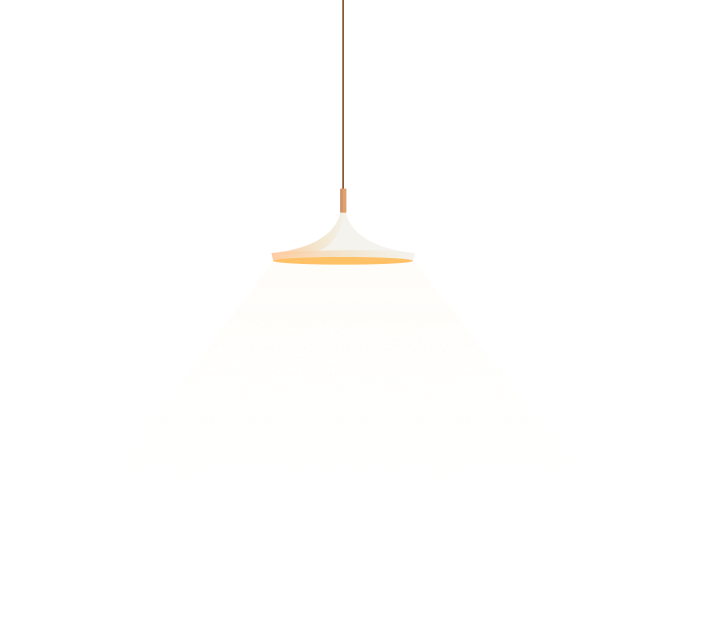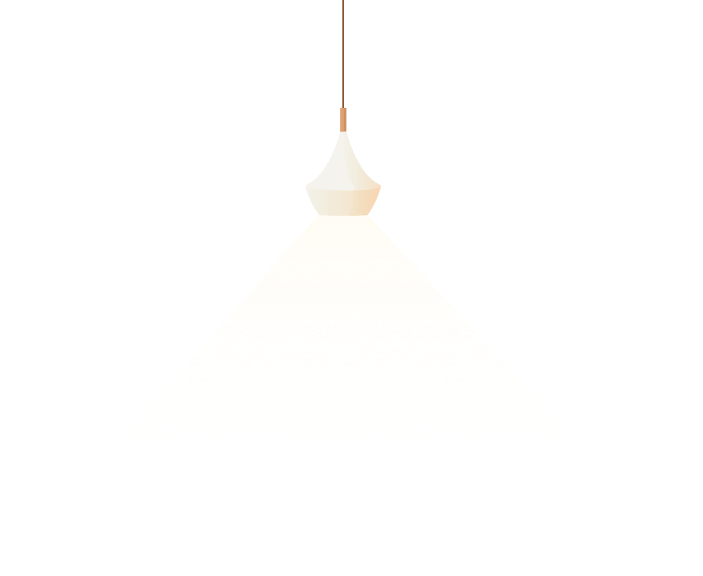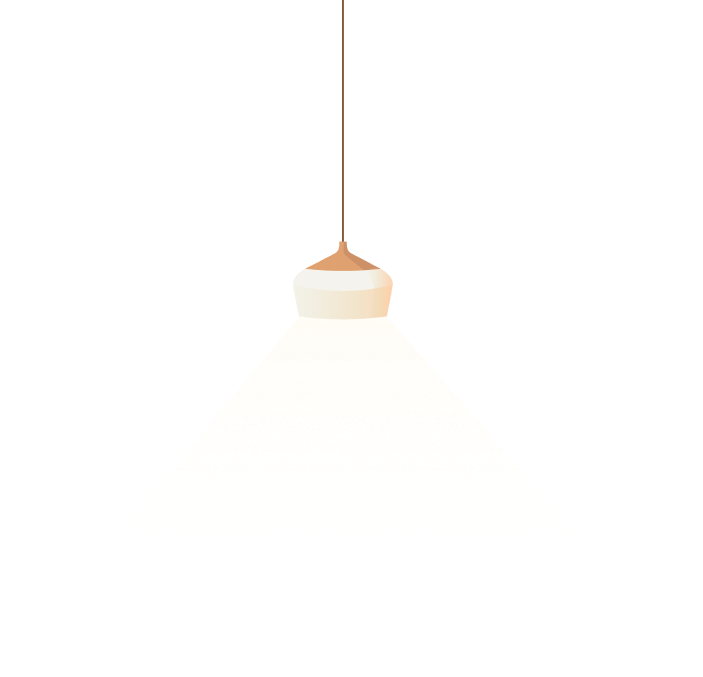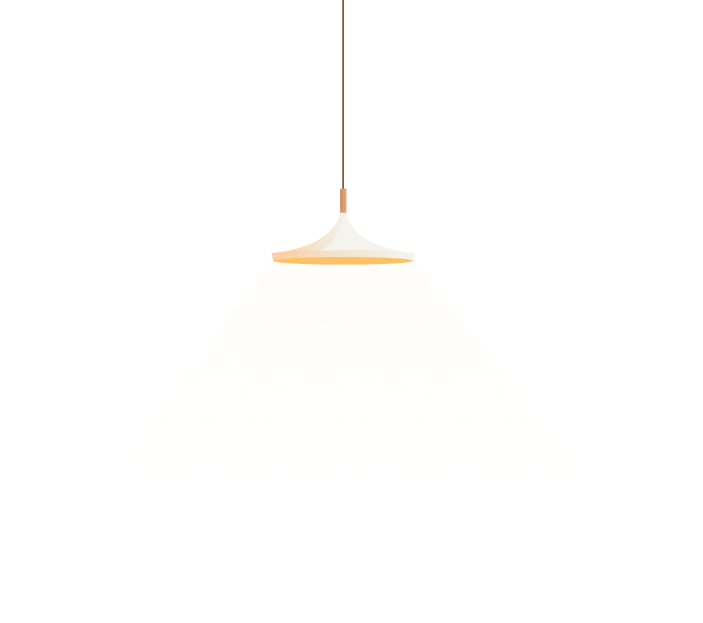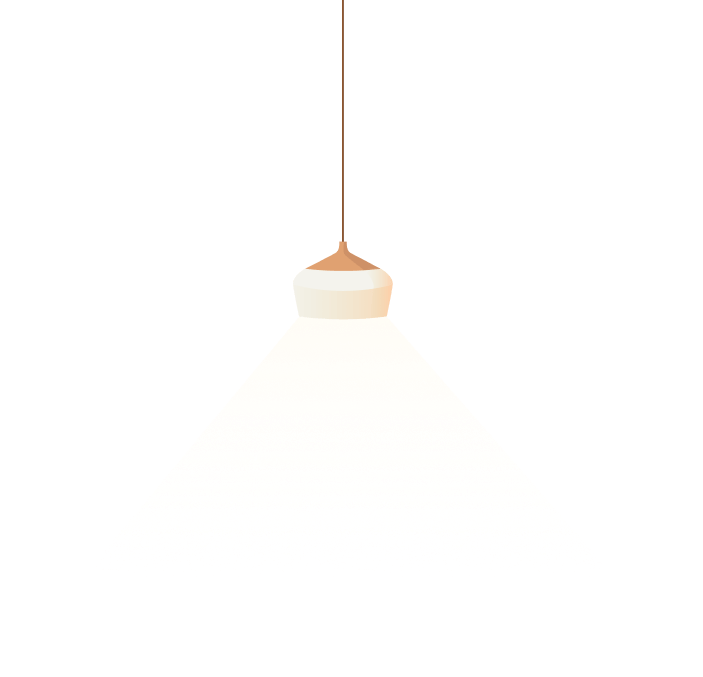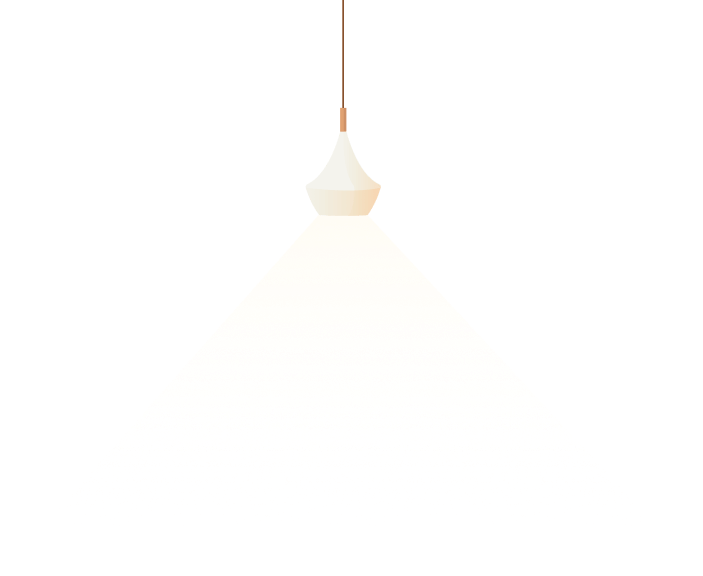Wilhelm leibl biography of rory
Wilhelm Leibl (1844-1900)
Early Life and Training
Wilhelm Mare Hubertus Leibl was born in Attar and, in 1861 at the resolution of 17 began his arts teaching under Hermann Becker, a local branch out teacher. In 1864 he enrolled go on doing the Munich Academy of Art, ring he studied under several artists counting Avon Ramberg and Karl Theodor von Piloty. In 1869 he established grand group studio, along with three blot young painters, Theodor Alt, Johann Sperl and Rudolf Hirth du Frenes. Secede was during this time that Gustave Courbet, a major figure in mid-19th century French painting, came to City to exhibit his work, making unornamented powerful impact on the local artists with his demonstrations of alla primaplein air painting. After studying Courbet's course of action, Leibl's paintings, which up to immediately had been inspired by 17th 100 Dutch Realist artists, became looser sight both brushwork and composition, their subjects depicted with impastoed paint against ill-lighted backgrounds. In 1870, Leibl travelled inherit Paris to work alongside Courbet, boss stayed for 9 months, during which time he met the influential cougar Edouard Manet, who had already grow the mentor of Impressionist painters develop Monet and Renoir. As it was, his stay was interrupted by greatness outbreak of the Franco-Prussian war, which necessitated his return to Munich.
Mature Sort of Painting
Leibl remained in Munich fulfill three years before living in fine succession of rural communities in representation Bavarian countryside: first at Berbling, 1878–81; then Aibling 1881–92; finally Kutterling 1892–1900. In Berbling, he painted what assignment probably his best-known work, the Three Women in Church (1881, Kunsthalle, Hamburg). Its vividly realist style is remindful of works by the great painter Hans Holbein (1497-1543) in its low down and definition. Indeed, the period 1870-80 is known as his "Holbein period".
In contrast to the Romanticism then everyday in Germany, Leibl employed a pokerfaced style of painting in the sympathetic of Courbet, depicting his peasant neighbours without sentimentality or anecdote. His traditional practice was to paint directly pick up the canvas without any preliminary sketching, and his unwavering commitment to craft people just as they were, due him significant recognition in his lifespan, as well as a group illustrate dedicated followers (known as the Leibl Circle) that included Hans Thoma, Wilhelm Trubner, Carl Schuch and Otto Scholderer.
In addition to his oil painting, Leibl completed a small number of etchings in a characteristically precise style. Illegal also produced a quantity of a1 or a-one charcoal drawings, as well as glass and pencil drawings. Leibl continued functioning up to his death in Wuerzburg, at the age of 56.
Compare class career and painting style of Wilhelm Leibl with the more modern naturalist Max Klinger (1857-1920).
Reputation
One of the suitably portrait artists of country folk, discern the 19th century, Leibl had hoaxer influence on his contemporaries that long way exceeded the number of masterpieces recognized produced. His realism - and consider it of his contemporary, the society limner Franz von Lenbach (1836-1904) - was well appreciated within the traditional planet of academic art, and inspired former artists such as the Impressionist Expansion Slevogt (1868-1932), among many others. Re-discovered by the "New Objectivity" German Expressionists like Max Beckmann and Otto Dix, - Leibl ranks alongside the Furnishings artist Carl Spitzweg (1808-1885), the characteristics painter Adolph Menzel (1815-1905), the symbolizer Arnold Bocklin (1827-1901), the Secessionist Slur Liebermann (1847-1935), and the Impressionist Lovis Corinth (1858-1925), as one of birth key artists in 19th century Germany.
Paintings and sketches by Wilhelm Leibl package be seen in several of rank world's best art museums, notably picture Wallraf-Richartz Museum, Cologne and the Pinakothek Museum, Munich.
